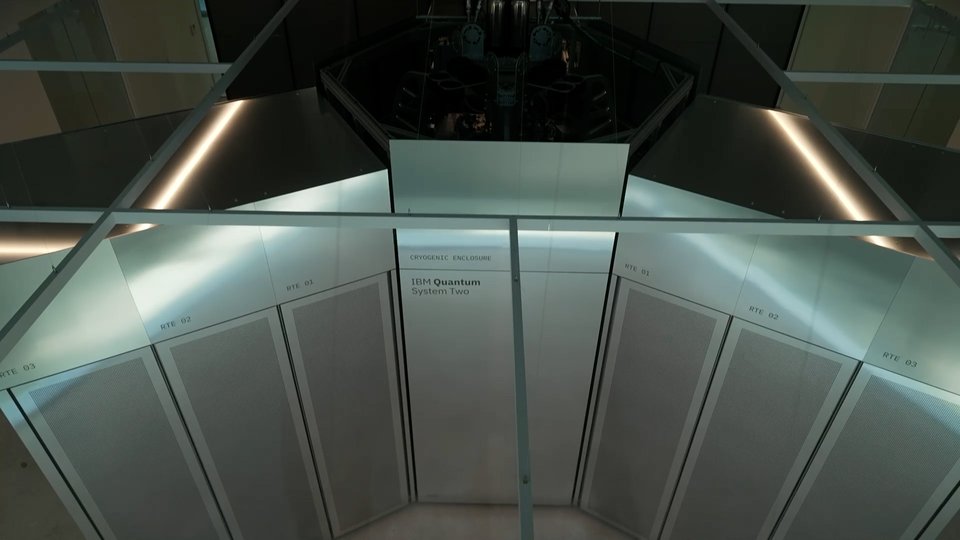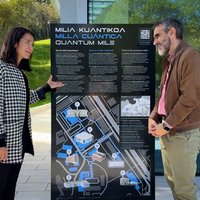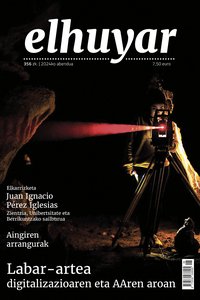Dr. Livingstone, right?
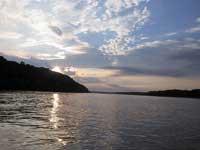
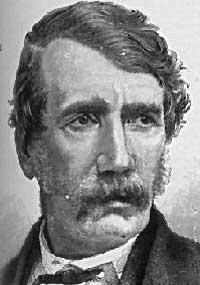
Explorer David Livingstone was born in Scotland in March 1813. The family was very religious and proof of this is that at age 9 his parents gave him a New Testament because he learned by heart the longest chapter of the Bible. At the age of ten he began to work in a textile factory so that the seven of the house would eat. Despite spending fourteen hours a day in the workshop, he spent the nights studying and at age 19 he graduated from the Glasgow School of Medicine and Surgery.
Heading to Africa
David had heard from childhood the name of the brave Chinese missionary Gutzlaff. At the age of sixteen, the love and grace of Christ arose the desire to go and show Christianity to people they did not yet know. Faced with the inability to travel to China by war, he decided to follow the path of missionary Robert Moffat, who was traveling to Africa. So at the age of 27 he moved to Africa to make the gospel known to its inhabitants.
From Glasgow it took three months to reach the African village of Curumá. There, Robert Moffat welcomed her at home. His desire was to go to territories where there were never missionaries and that is the same: The Mabotsa approached the territory of Bacatla of the valley. For months he met different villages and landscapes.
In addition to working as a missionary, he had time to devote himself to other jobs. Both married their daughter Maria de Robert Moffat and began working as a teacher at the school she had just founded in Bacatlan. However, the masterpieces did not take away from him the desire to continue traveling and to know new spaces. At all times he tried to draw maps of villages, streams and mountain ranges.
Discoveries of the English missionary
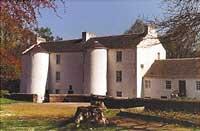
Despite his health problems, 17 years later he had the opportunity to find eleven new spaces. In 1849 he reached Lake Ngami with Susi, Chuman and Jacó. Three years later he discovered the largest river in East Africa, the Zambezi River.
In those years he felt the need to create a new center to continue working in evangelization. In fact, the Dutch boers began to invade these lands, stole land and cattle from the indigenous and used several inhabitants as slaves. The behavior of the boers was not Livingstone's liking and it seemed to him that he was frustrating his work until then.
However, he abandoned his teaching work to cross the continent from one side to the other (from the mouth of the Zambezi River to St. Paul of Luanda). He was the first white man to make that trip. After this long journey, he returns to Scotland to meet the lady and her children who had come before.
Last trip...
In 1858, at the age of 48, he decided to return to Africa with his wife and younger son. The British Royal Geographical Society asked him to better explore the Zambezi, Tete and Shire rivers and Nyasa Lake. On that trip his wife fell ill and died.
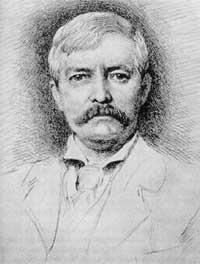
Temati, David carried his duty or desire as a job and hobby to the end and discovered other new lakes. Mr. Livingstone arrived in the bones and very sick to the people of Ujiji. While resting there, Henry Stanley, a New York Herald journalist, explained to him the well-known phrase: “Dr. Livingstone, right?” That journalist spent the winter with him.
Seeing the explorer's health, Stanley told him a thousand times to return to England, but in vain! The Luapula River departed with its usual team to confirm whether it was the origin of the Nile or Congo rivers.
Bone pain prevented him from walking and his indigenous companions had to carry him to the back. A few days later, Mr. Livingstone died in May 1873. The body was moved from Zanzibar to Westminster Abbey, where it was buried.
Livingston's travels have echoed
The explorer is usually mainly geographer, botanist, sampler... He is also an anthropologist, who tries to classify, compare and interpret peoples, tribes and customs, among others. But what drives this show? Most explorers have had two motivations: science and religion. In Africa and many other peoples tried to impose Western religion and culture.
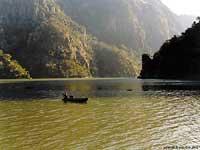
Since then, the adventures and travels of these missionaries or explorers have been used in many other areas. There is nothing more to see how many times the theme of missionaries or explorers has come out in the comics. Some extol his work (for example, the author of Tintin) and others denounce it.
The same thing happens in the advertising world. The car company Land Rover, for example, uses the question “Today, this would be Dr. Livingstone’s car, right?” to present its beautiful white car (related to white man) among African Black Indians. All graphic and written details of the ad should be taken into account to interpret whether Livingston's work was beneficial or not.
Buletina
Bidali zure helbide elektronikoa eta jaso asteroko buletina zure sarrera-ontzian



